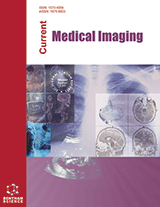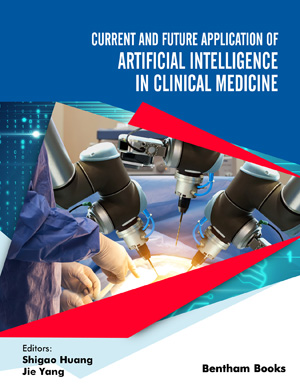
Abstract
Objective: With the rapid development in computed tomography (CT), the establishment of artificial intelligence (AI) technology and improved awareness of health in folks in the decades, it becomes easier to detect and predict pulmonary nodules with high accuracy. The accurate identification of benign and malignant pulmonary nodules has been challenging for radiologists and clinicians. Therefore, this study applied the unenhanced CT imagesbased radiomics to identify the benign or malignant pulmonary nodules.
Methods: One hundred and four cases of pulmonary nodules confirmed by clinicopathology were analyzed retrospectively, including 79 cases of malignant nodules and 25 cases of benign nodules. They were randomly divided into a training group (n = 74 cases) and test group (n = 30 cases) according to the ratio of 7:3. Using ITK-SNAP software to manually mark the region of interest (ROI), and using AK software (Analysis kit, Version 3.0.0.R, GE Healthcare, America) to extract image radiomics features, a total of 1316 radiomics features were extracted. Then, the minimum–redundancy–maximum–relevance (mRMR) algorithms were used to preliminarily reduce the dimension, and retain the 30 most meaningful features, and then the least absolute shrinkage and selection operator (LASSO) algorithm was used to select the optimal subset of features, so as to establish the final model. The performance of the model was evaluated by using the receiver operating characteristic (ROC) curve, area under the ROC curve (AUC), accuracy, sensitivity and specificity. Calibration refers to the agreement between observed endpoints and predictions, and the clinical benefit of the model to patients was evaluated by decision curve analysis (DCA).
Results: The accuracy, sensitivity, and specificity of the training and testing groups were 81.0%, 77.7%, 82.1% and 76.6%, 85.7%, 73.9%, respectively, and the corresponding AUCs were of 0.83 in both groups.
Conclusion: CT image-based radiomics could differentiate benign from malignant pulmonary nodules, which might provide a new method for clinicians to detect benign and malignant pulmonary nodules.
Keywords: lung cancer, Computed tomography, Radiomics, Textural features, Death, Nodules.











